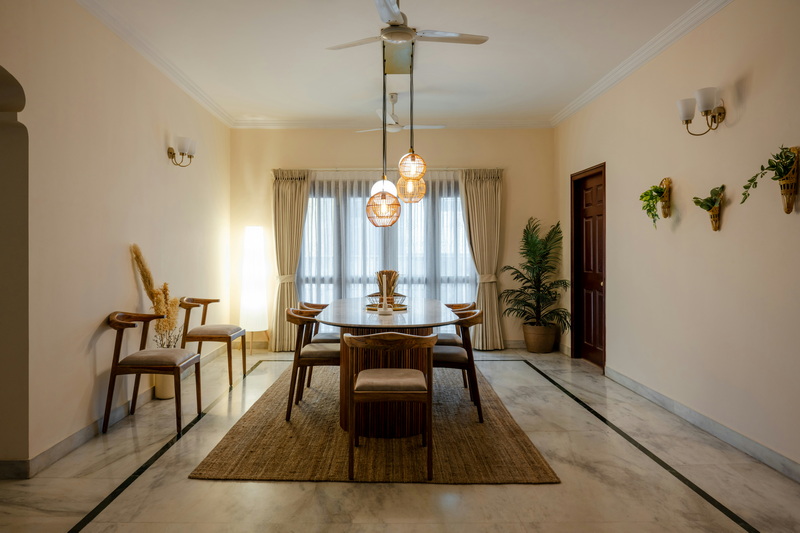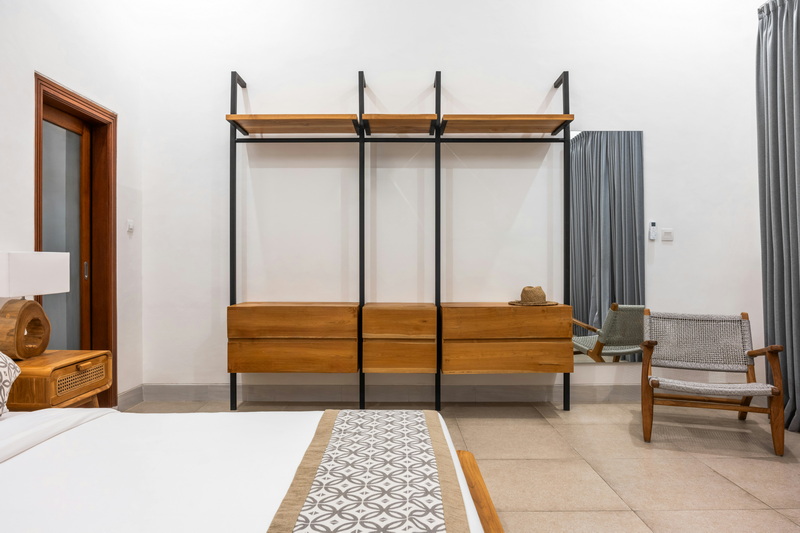English 




Views: 222 Author: Astin Publish Time: 2025-03-03 Origin: Site



Content Menu
● Introduction to Aluminum Furniture
>> Understanding Aluminum's Properties
>> How Aluminum Reacts to Sunlight
>> Factors Influencing Heat Absorption
>> Keeping Aluminum Furniture Cool
>> Designing Your Outdoor Space
● Comparison with Other Materials
>> Plastic and Resin Furniture
>> 1. Does Aluminum Furniture Absorb Heat?
>> 2. How Can I Keep Aluminum Furniture Cool?
>> 3. Is Aluminum Furniture Suitable for Hot Climates?
>> 4. Does the Color of Aluminum Furniture Affect Its Temperature?
>> 5. How Does Aluminum Compare to Other Patio Materials?
As we approach the warmer months, many of us are eager to spend more time outdoors, enjoying our gardens and patios. One common concern when it comes to outdoor furniture is how it will perform in the sun. Specifically, does aluminum outdoor furniture get hot? In this article, we will delve into the properties of aluminum, its behavior in sunlight, and provide tips on how to keep your aluminum furniture comfortable during the summer.

Aluminum is a popular choice for outdoor furniture due to its durability, rust resistance, and sleek appearance. One of its key properties is its excellent thermal conductivity, meaning it can conduct heat efficiently. This characteristic allows aluminum to warm up when exposed to direct sunlight, but it also means it can dissipate heat quickly once moved to a shaded area. Aluminum's lightweight nature makes it easy to move around, allowing you to adjust its position to maximize comfort and shade.
When exposed to direct sunlight, aluminum furniture will indeed become warm to the touch. However, unlike materials such as wood or plastic, aluminum does not suffer from long-term damage due to UV rays. It will not crack, warp, or fade, even under intense sunlight. This makes aluminum an excellent choice for outdoor furniture in hot climates. Additionally, aluminum's resistance to corrosion ensures that it remains structurally sound even in coastal or humid environments.
Several factors determine how hot aluminum furniture becomes in the sun:
- Color: Darker-colored aluminum absorbs more heat than lighter shades. Lighter colors like white or silver reflect sunlight and heat better, keeping the furniture cooler.
- Finish: The surface finish affects how aluminum reacts to sunlight. Matte or textured finishes dissipate heat more effectively than glossy or polished surfaces.
- Sun Exposure: The amount of direct sunlight the furniture receives is a significant factor. Positioning furniture in shaded areas can reduce heat absorption.
- Surrounding Materials: Proximity to hot surfaces, such as stone patios, can increase the temperature of the furniture.
- Climate: In regions with high humidity, aluminum may feel cooler due to its ability to dissipate heat quickly, but in arid climates, it may become warmer due to the intense sunlight.
If you're concerned about your aluminum furniture getting too hot, there are several strategies to minimize discomfort:
- Cushions and Covers: Adding cushions or covers provides a barrier between the aluminum and your skin, making it more comfortable to sit on. These can be made from breathable materials like cotton or mesh to enhance airflow.
- Shade: Positioning furniture under umbrellas or in shaded areas reduces direct sunlight exposure. You can also install permanent shade structures like pergolas or gazebos.
- Light-Colored Accessories: Using light-colored tablecloths or cushions can reflect sunlight and heat, helping to keep the furniture cooler.
- Optimal Use Times: Using outdoor furniture during cooler parts of the day, such as mornings or evenings, can also help.
- Maintenance: Regular cleaning can help maintain the finish of the aluminum, ensuring it remains effective at dissipating heat.
When designing your outdoor space, consider how you can optimize the layout to reduce heat absorption:
- Planting Trees or Shrubs: Strategically planting trees or shrubs can provide natural shade, reducing the amount of direct sunlight on your furniture.
- Using Outdoor Rugs: Placing outdoor rugs around your furniture can help insulate the area and reduce heat transfer from the ground.
- Creating a Breeze: Positioning furniture to capture breezes can help cool the area, making it more comfortable to sit outside.

Aluminum is not the only material used for outdoor furniture, but it has several advantages over others:
- Durability: Aluminum is lightweight, durable, and resistant to rust, making it ideal for outdoor use.
- UV Resistance: Unlike wood or resin, aluminum does not fade or crack under UV rays.
- Thermal Conductivity: While aluminum can become warm, it dissipates heat quickly, unlike materials like steel or wrought iron.
- Maintenance: Aluminum requires minimal maintenance compared to wood or wicker, which may need regular sealing or painting.
Wood furniture, particularly hardwoods like teak or eucalyptus, is also popular for outdoor use. However, it requires more maintenance than aluminum, as it needs to be sealed regularly to protect against moisture and UV damage. Wood can also become hot in the sun, but it tends to retain heat longer than aluminum.
Plastic and resin furniture is lightweight and easy to clean, but it can become brittle and crack under UV exposure. It also tends to retain heat longer than aluminum, making it less comfortable in direct sunlight.
Wicker furniture, often made from synthetic materials, offers a stylish and comfortable option. However, it can be more prone to fading and may require additional cushions for comfort. Wicker furniture can also become warm in the sun, but it generally dissipates heat more slowly than aluminum.
Aluminum outdoor furniture does get warm in the sun due to its thermal conductivity, but it offers several benefits that make it an excellent choice for hot climates. Its durability, UV resistance, and quick heat dissipation ensure that it remains a popular option for outdoor spaces. By using strategies like providing shade, adding cushions, and choosing lighter colors, you can enjoy your aluminum furniture comfortably throughout the summer.

Aluminum does not absorb heat in the same way as other materials; instead, it conducts heat efficiently. This means it can become warm in direct sunlight but dissipates heat quickly once shaded.
To keep aluminum furniture cool, use cushions or covers, position it in shaded areas, use light-colored accessories, and utilize it during cooler parts of the day.
Yes, aluminum furniture is well-suited for hot climates due to its durability, UV resistance, and ability to dissipate heat quickly.
Yes, darker-colored aluminum absorbs more heat than lighter shades. Opting for lighter colors can help keep the furniture cooler.
Aluminum is more durable and resistant to UV damage than materials like wood or resin. It also dissipates heat faster than metals like steel or wrought iron.
[1] https://asuzac-acm.com/does-aluminum-furniture-get-hot-in-the-sun/
[2] https://www.lazysusanfurniture.co.uk/blogs/news/what-is-the-best-patio-furniture-material-for-a-hot-climate
[3] https://blog.csdn.net/weixin_40289064/article/details/79669930
[4] https://thekingsbay.com/what-are-the-benefits-of-wrought-iron-patio-furniture-pros-cons-and-comparisons/
[5] https://swingrattan.com/does-aluminum-patio-furniture-get-hot/
[6] https://jphe.amegroups.org/article/view/4265/10863
[7] https://www.lazysusanfurniture.co.uk/blogs/news/does-an-aluminium-garden-table-and-chairs-get-hot-in-the-sun
[8] https://greyfox-outdoor.com/why-aluminum-patio-furniture-a-great-choice-for-your-outdoor-space/
[9] https://blog.csdn.net/qq_34917728/article/details/125122327
Top Aluminum Sliding Door Manufacturers and Suppliers in Austria
Top Aluminum Sliding Door Manufacturers and Suppliers in Norway
Top Aluminum Sliding Door Manufacturers and Suppliers in Sweden
Top Aluminum Sliding Door Manufacturers and Suppliers in Switzerland
Top Aluminum Sliding Door Manufacturers and Suppliers in Netherlands
Top Aluminum Sliding Door Manufacturers and Suppliers in Spain
Top Aluminum Sliding Door Manufacturers and Suppliers in Italy
Top Aluminum Sliding Door Manufacturers and Suppliers in France
Top Aluminum Sliding Door Manufacturers and Suppliers in Germany
